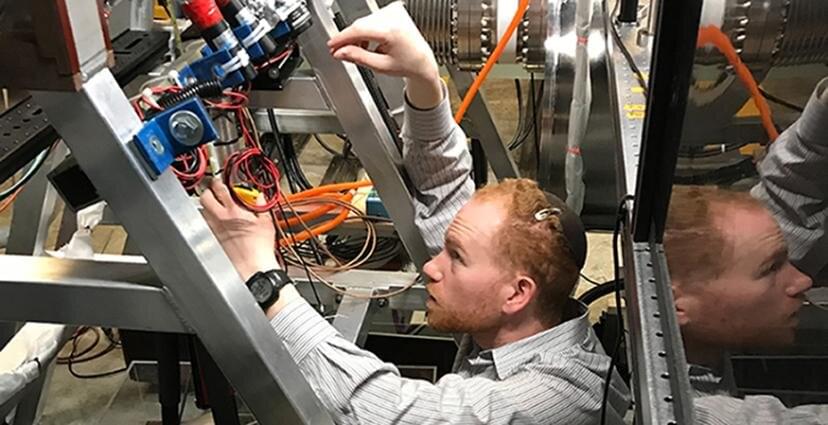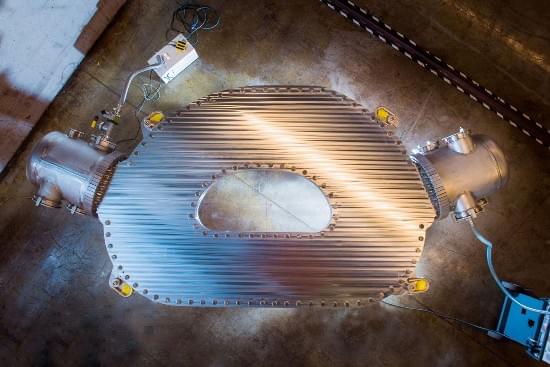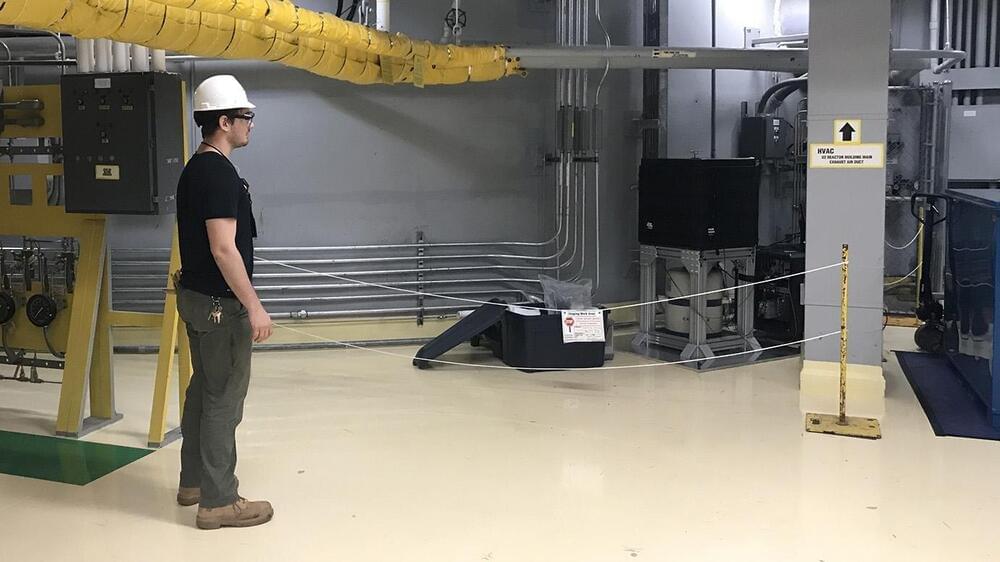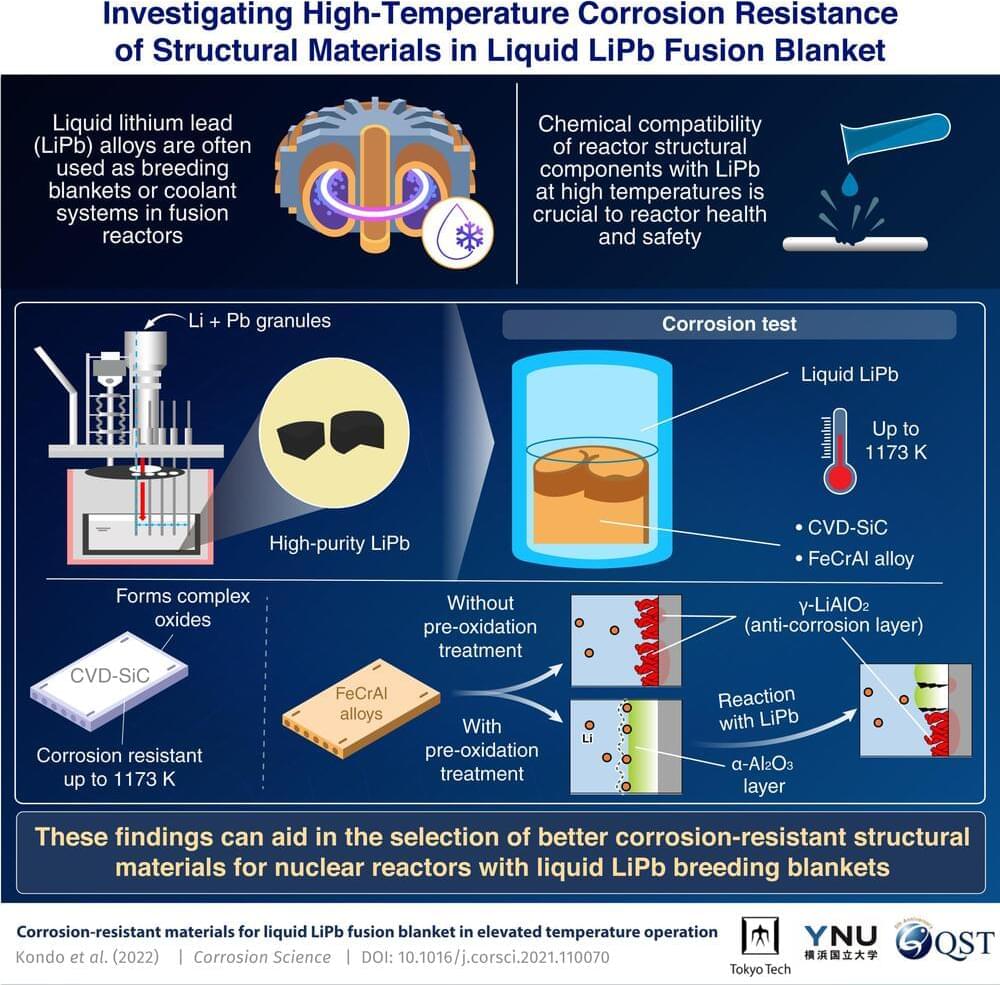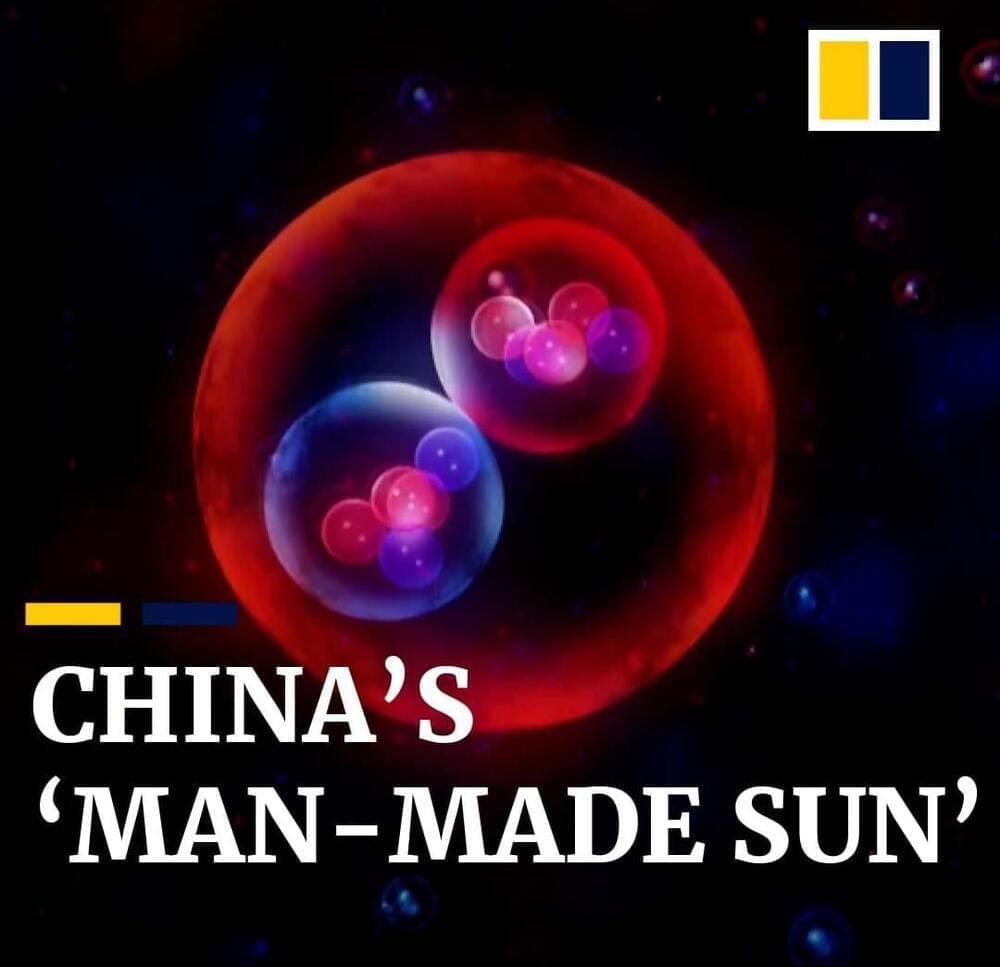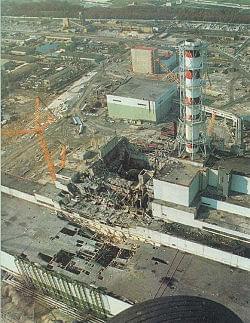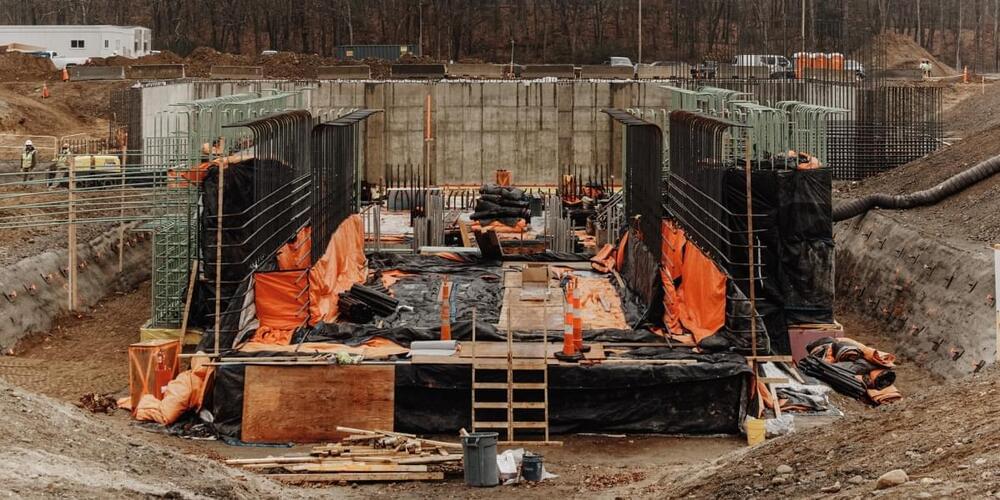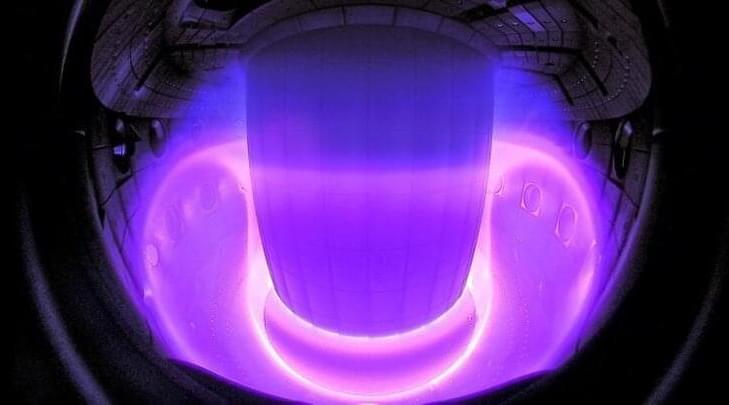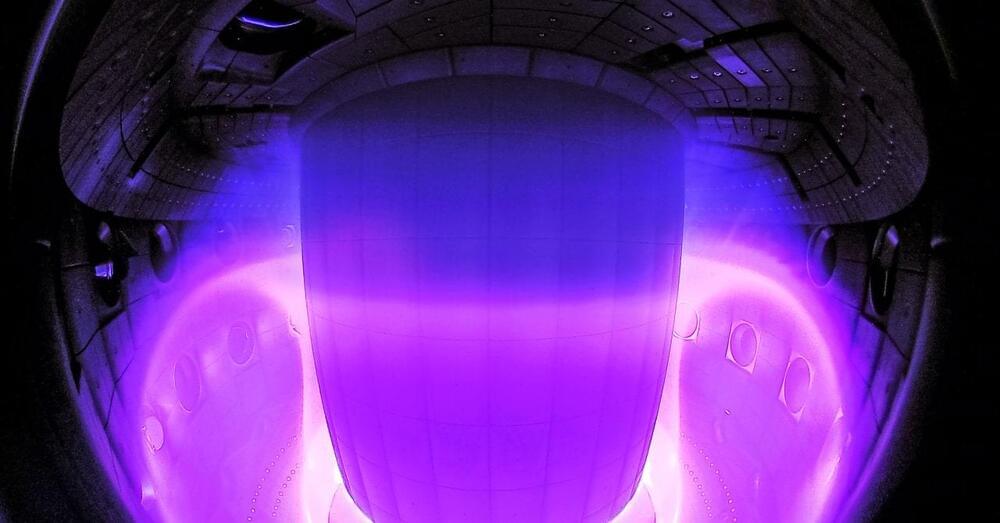In findings that could help advance another “viable pathway” to fusion energy, research led by Lawrence Livermore National Laboratory (LLNL) physicists has proven the existence of neutrons produced through thermonuclear reactions from a sheared-flow stabilized Z-pinch device.
The researchers used advanced computer modeling techniques and diagnostic measurement devices honed at LLNL to solve a decades-old problem of distinguishing neutrons produced by thermonuclear reactions from ones produced by ion beam-driven instabilities for plasmas in the magneto-inertial fusion regime.
While the team’s previous research showed neutrons measured from sheared-flow stabilized Z-pinch devices were “consistent with thermonuclear production, we hadn’t completely proven it yet,” said LLNL physicist Drew Higginson, one of the co-authors of a paper recently published in Physics of Plasmas.
